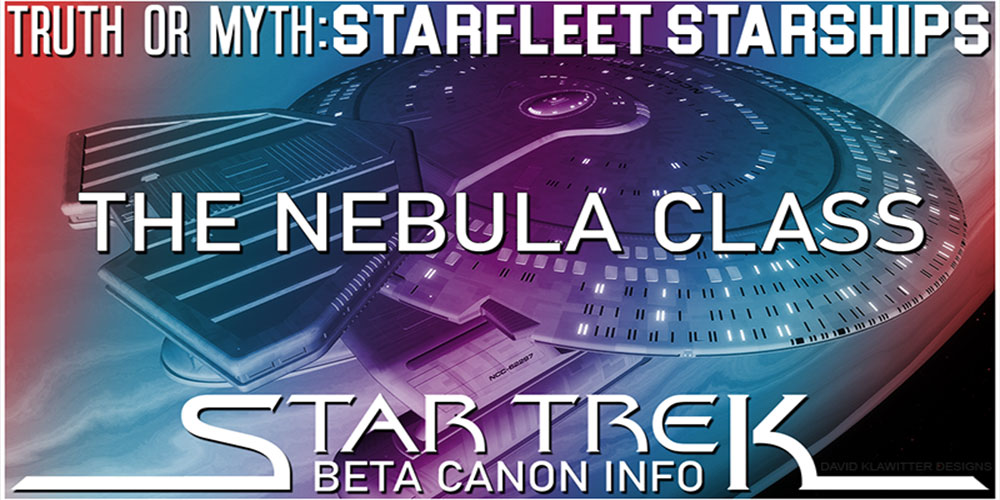Hello and welcome to another episode of Truth OR Myth Beta Canon, a Star Trek web series that dives into the history of any given topic using Beta Canon sources and my own imagination to fill in the gaps. In today’s episode, we’re looking at the Nebula Class, as first seen in Star Trek: The Next Generation to better understand its place in Star Trek History.
Today’s episode is a complete update, reworking and re-write of a much older video I once made. As some of you might know, I’m usually about a month ahead in videos to those that you good “Tri-Naries” are currently viewing.
But this case is different. As I reworked, reskinned, and fixed several issues with the Nebula Class model in Space Engine, I simply couldn’t wait for you all to see this video, and so I bumped this week’s video to a future date and here we are.
I’d also like to say a HUGE thank you to “ThatGuyAndres” for providing me with the awesome model of the Sutherland Class a Link to his Deviant Art Page is in the description below!
As always, because this IS a Beta Canon video, all information re-laid should pretty much be taken with a grain of stardust, and only considered a little bit of Star Trek Fun! And so, with all that out of the way, let’s begin.
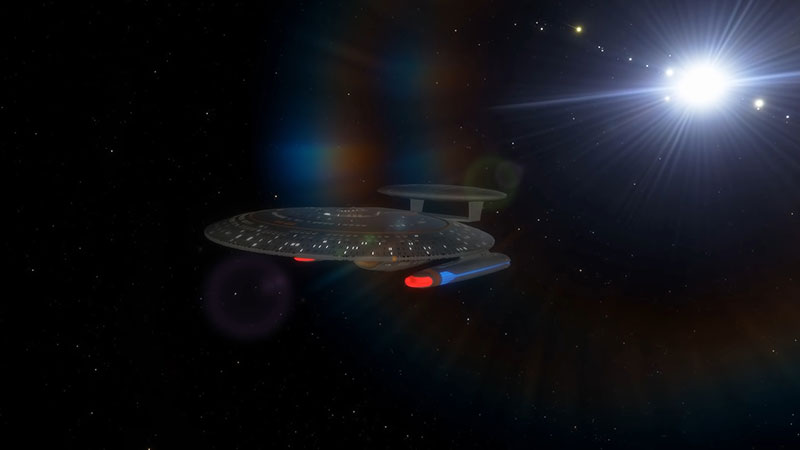
Project Galaxy was seen as a complete success for Starfleet and The United Federation of Planets.
With 2 designs on the drawing board for future classes of Starfleet Starships, 1 design would eventually become the pinnacle namesake of Project Galaxy the Galaxy Class itself. While the other design would go on to carve its own amazing path in Federation History as the Nebula Class. But what do we know about this compact design?
Although that opinion would change after the events of Wolf 359, at this point in history, Starfleet was riding high on its accomplishments.
The Cheyenne, Freedom, and New Orleans Classes among others, were seeming to make history with every light year they travelled, but Starfleet wasn’t quite done with Project Galaxy just yet.
Still to be revealed, was the namesake of the project, the Galaxy Class itself. Starfleet’s Core of Design Engineers brought forth 2 possible designs for consideration.
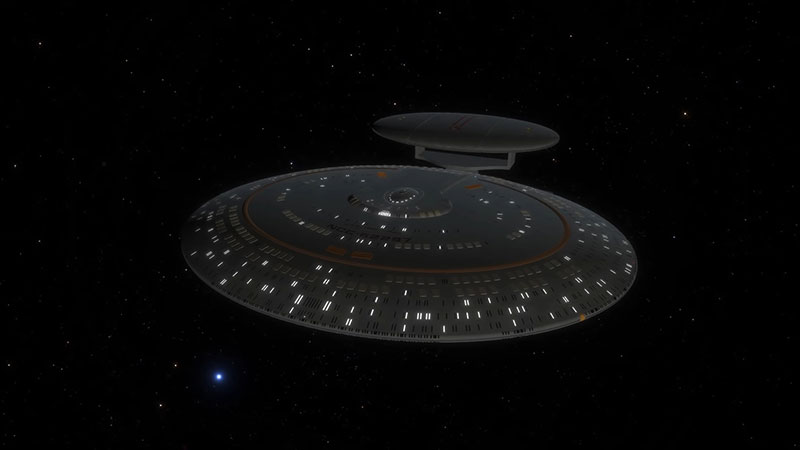
The first was a compact design similar in style to that of the Miranda and Centaur Classes, the biggest difference being the inclusion of a secondary hull almost entirely under the saucer section.
While the other design, was a more traditional and elongated version, like Classes such as the Constitution Class Refit and Ambassador Classes.
Unsure of what design they wanted to proceed with as the Galaxy Class, Starfleet ordered both Starships into production, a slow and quite long process for both classes.
You see, as Starfleet improved and refined the technologies created for Project Galaxy, so too were changes made to the designs of both starships.
As Starfleet reaped the benefits of Project Galaxy, they would further slowdown construction on these 2 Starship Classes awaiting testing and changes to be made within the other classes of the Project.
As a result, the laying of the keel of both Starships would take almost 20 years.
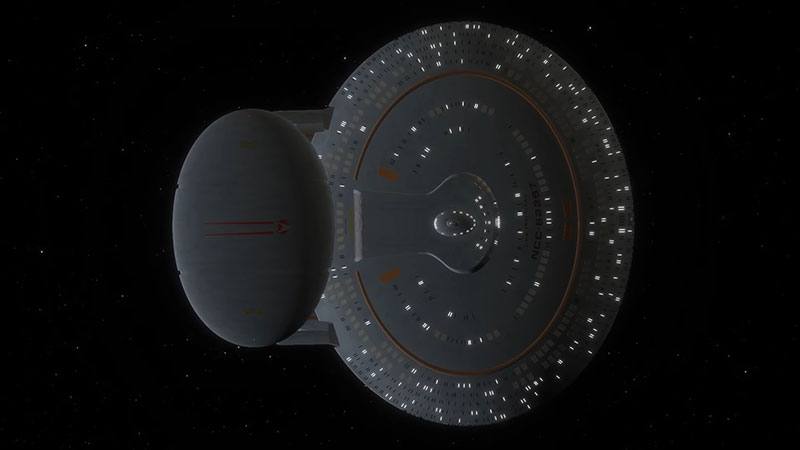
But by the late 2350s, the first of the Compact Designed Starships was ready for its shakedown cruise, and the Nebula Class would be born.
Sitting at a length of approximately 442 meters and a width of 318 meters, the Nebula Class had 33 decks and was designed to be operated by 750 officers and crew members.
With a standard safe cruising speed of Warp Factor 7, Originally, its maximum emergency speed was warp factor 9, though by 2370 this had been improved to warp factor 9.5 with 9.6 possible with a bit of tweaking with the engine systems. And by 2374, a Nebula Class Vessel was able to achieve and maintain warp factor 9.9 for a 12-hour stretch.
This made the Nebula class ideal for emergency evacuation and crisis response throughout the Federation.
An interesting addition to this design was that of a special pod attached to the secondary hull, above the Saucer Section.
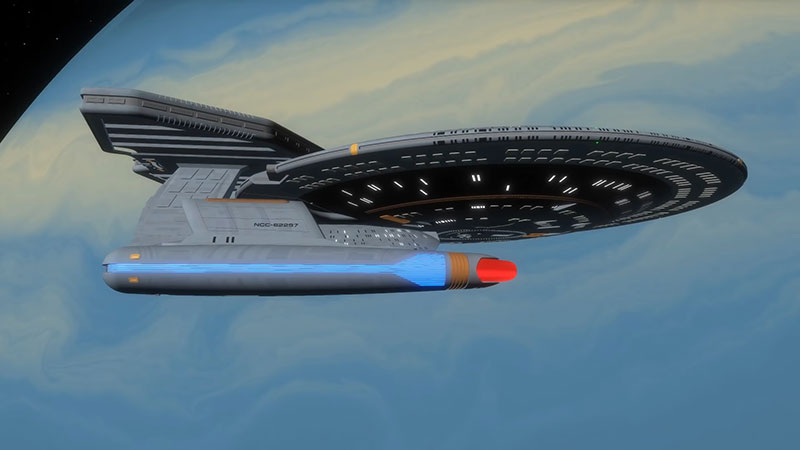
These various pods allowed for even more mission profile customization as the pods could be swapped out with one another in a very short period.
By 2347, the Federation and the Cardassian Union had become embroiled in almost constant border skirmishes. And although the Federation never really viewed the Cardassian Union as a real threat, the design engineers of the Class wanted to be prepared in case an all-out war erupted between the 2 Galactic Powers.
As a result, the Nebula Classes main Work Pod would be a state of the art, large sensor Array. And although Starfleet’s position on this pod was that it was designed for scientific study, the truth was that the Cardassian Conflict would again facilitate its creation.
Unlike the standard sensor array systems included within most of the Project Galaxy Lineage, this sensor pod was extremely sensitive and accurate, but not only that, but it had a long-range sensor system almost 10 times the range of standard Starfleet Systems.
This meant that a Nebula Class Vessel could effectively sit in a star system close to the Cardassian Border and scan almost ALL Cardassian Space. Giving Starfleet a clear view of starship movements and deployments within the Union.
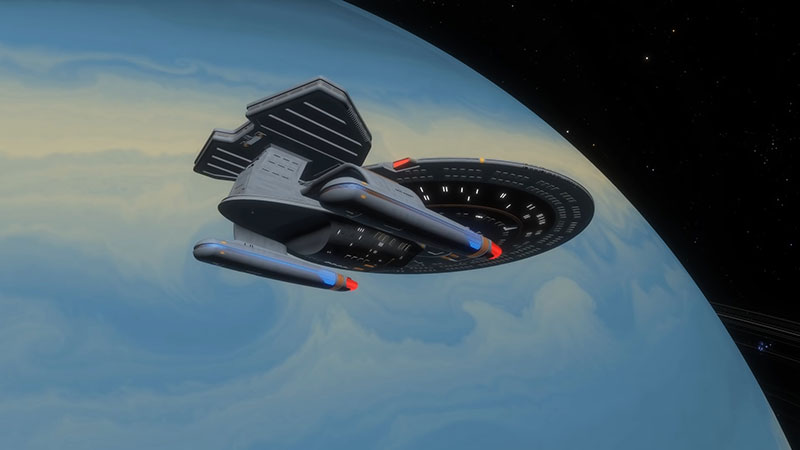
This Starfleet Sensor development was highly classified, and the Cardassian Union never did discover this particular advantage that Starfleet had over them.
In fact, due to its sensor pod capabilities, the Nebula Class would be utilized by Starfleet Intelligence for Data gathering throughout the Federation.
In 2368, a Nebula Class starship would use to take detailed scans of Romulus, discovering what had seemed to be a defection to the Star Empire by Ambassador Spock of Vulcan, capturing detailed images of Spock on the surface of the Romulan Home World.
The other available pods available for the Nebula Class included an additional weapons array, a hybrid sensor/ weapons array and even an additional warp nacelle.
Standard weaponry for this class would be the latest is starship design. Utilizing the massive Phaser Emitter Array system developed by Starfleet, the Nebula Class could really pack a punch, with no targeting blind spots within its Phaser System.
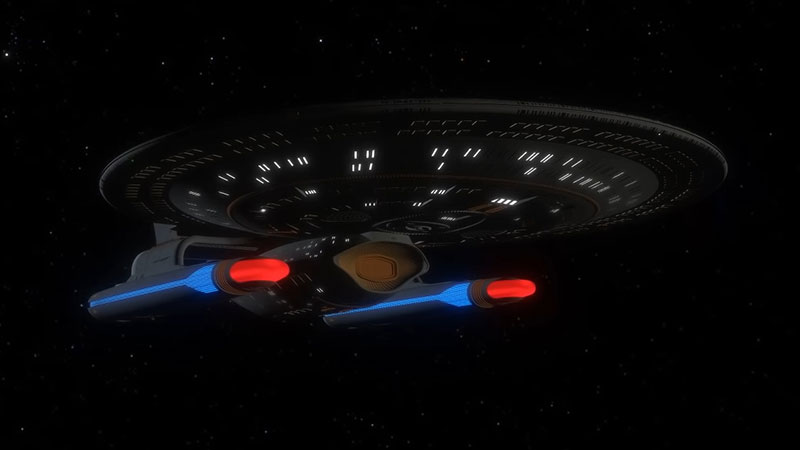
Also included in the Nebula Class would be 2 Standard Photon Torpedo Launchers, 1 forward and 1 aft, with additional Torpedo Launchers available through the addition of the weapons pod.
Shielding for the class would be standard for the Project Galaxy Starship Classes. But with the larger Warp Core included in the design, meant that the Nebula Class could hold on longer in a firefight than the smaller starships from the Project.
The Nebula Class would contain 1 Large Shuttle Bay in its Saucer Section, and a second smaller Shuttle Bay in the aft section of its Secondary Hull.
A variety of auxiliary spacecraft for various scientific and transport missions would be included in the class.
Most other systems for this class would be virtually identical to the systems which were included within the Galaxy Class. This included, but was not limited to, Deflector. Transporter, Environmental and Tractor Beam Systems.
Internally, the starship would also present a grand feel that the Galaxy Class itself would become known for.
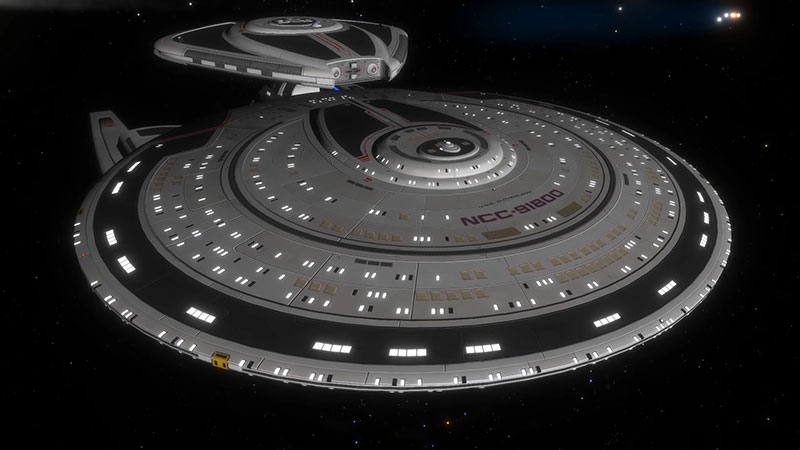
Open, spacious, and luxurious by any standards of the Federation, many citizens of the organization would come to question this design choice from the outset.
Starfleet was impressed with the performance of the Nebula Class as a whole.
But with the upcoming completion of the other starship design, Starfleet made the choice to make that class the Galaxy Class, while at the same time commissioning this design as the Nebula Class, ordering both starship classes into full production.
And for a short time, both the Nebula and Galaxy Classes were seen as one of the most impressive achievements of Starfleet Command since the invention of the Constitution Class back in the mid-23rd century.
But after the devastatingly poor performance by Starfleet at the battle of Wolf 359 in 2367, many in the Federation would call for Classes like the Nebula and Galaxy to be completely abandoned.
Thankfully, Starfleet saw the potential in both Classes to be more than what they were at the time.
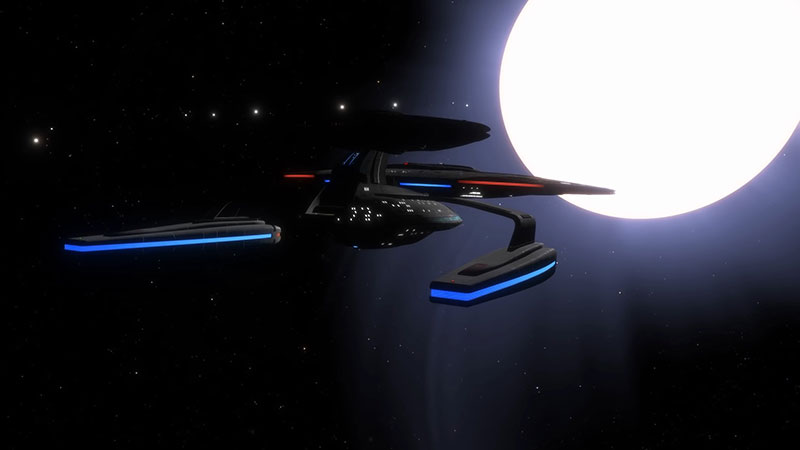
And while a lot of the other Project Galaxy Classes would in fact be scrapped for more futuristic designs based again on newer technology, Both the Nebula and Galaxy Classes would survive this purge.
And with updates and refits to include those newer technologies, both classes would become forces to be reckoned with, within themselves.
The Nebula Class would even get several variants on its design like that of the Miranda Class, the most famous of which being, the Sutherland Class.
And this continual update and redesign of the Class would see the Nebula Class and its variants survive well into the 26th century before being decommissioned in favour of new designs.
Created during a different era in Starfleet History, the Nebula Class would nevertheless prove itself time and time again as a highly adaptable starship class. Earning the Nebula Class, its place, in Starfleet history.
What to help the channel spy on the Cardassian Union? Then just click HERE to become a channel Patron…
Watch The Latest Truth Or Myth Below
Thank you for watching today’s episode of Truth or Myth Beta Canon, what do you think of the Nebula Class, its variants and the historical narrative that I’ve created here.
Do you want to see more videos like this one? Well leave your comments in the section below and don’t forget to like the video and subscribe to the channel, hitting that little bell icon so you won’t miss a single video we release.
Thanks again for watching, Live long and prosper…

